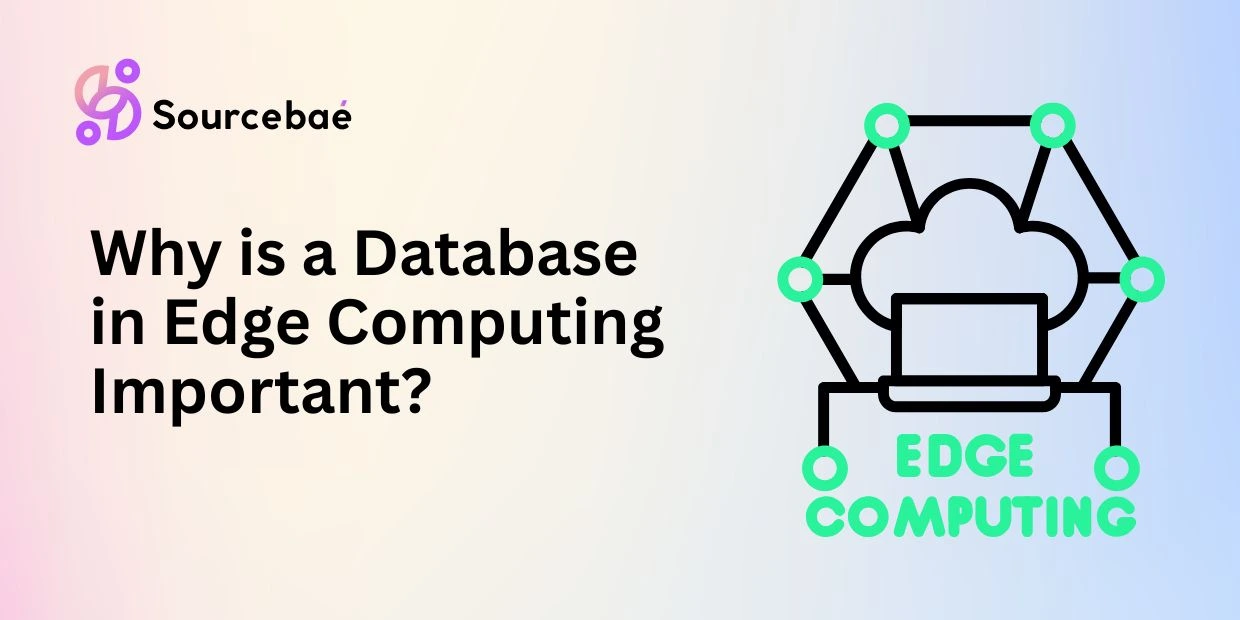In the rapidly evolving landscape of technology, edge computing has emerged as a game-changer. It brings data processing closer to the source of data, offering faster response times and reduced latency. One integral component of edge computing that often goes unnoticed but plays a pivotal role is the database. This article delves into the significance of databases in edge computing and why they are indispensable for modern data-driven applications.
Understanding Edge Computing
Before we dive into the importance of databases in edge computing, let’s grasp the fundamentals. Edge computing is a distributed computing paradigm that processes data closer to where it’s generated, at the edge of the network. Unlike traditional cloud computing, which centralizes data processing in remote data centers, edge computing leverages local devices or edge servers to perform computations. This decentralization brings several advantages, including reduced latency and bandwidth usage.
The Crucial Role of Databases
Databases are the backbone of any data-driven application. In edge computing, their role becomes even more critical. Here’s why:
1. Efficient Data Storage
Databases store and manage vast amounts of data efficiently. In edge computing, where data can be generated at a rapid pace, having a reliable storage system is essential. Databases ensure that data is securely stored and readily accessible when needed.
2. Low Latency Data Retrieval
One of the primary reasons for adopting edge computing is to minimize latency. Databases contribute significantly to this goal by allowing quick access to data. Applications can retrieve data from a local database, eliminating the need to fetch it from a distant cloud server, thereby reducing latency to a minimum.
3. Real-time Decision Making
In scenarios where split-second decisions are crucial, such as autonomous vehicles or industrial automation, having a database at the edge is imperative. It enables real-time data analysis and decision-making, enhancing the overall performance and safety of these systems.
4. Offline Capabilities
Edge devices often operate in environments with intermittent or limited connectivity. Databases at the edge enable applications to function offline by storing and processing data locally. When connectivity is restored, the database synchronizes with the central system.
5. Scalability
As the volume of data generated at the edge grows, databases can seamlessly scale to accommodate the increased load. This scalability ensures that edge computing solutions remain effective as data demands expand.
6. Security and Privacy
Edge computing emphasizes data security and privacy. Local databases allow organizations to maintain better control over sensitive data, reducing the risk of data breaches or compliance violations.
FAQ’s
Q: Can edge computing work without a database?
Yes, it can, but the efficiency and effectiveness of edge computing significantly improve with a database. Databases enable faster data retrieval, offline capabilities, and enhanced scalability, making them an essential component.
Q: What types of databases are suitable for edge computing?
Edge computing can benefit from various database types, including SQL databases for structured data and NoSQL databases for unstructured data. The choice depends on specific application requirements.
Q: Are there any downsides to using databases in edge computing?
While databases offer numerous benefits, they can also introduce complexity and increased resource utilization. It’s essential to design database systems carefully to mitigate potential downsides.
Q: How do databases in edge computing enhance IoT applications?
Databases in edge computing enhance IoT (Internet of Things) applications by providing local storage, reducing latency, and enabling real-time data processing. This is crucial for IoT devices that require rapid response times.
Q: Can edge databases replace cloud databases entirely?
Edge databases are complementary to cloud databases. They handle local data processing, while cloud databases serve as centralized storage and processing hubs. Both have their roles in a robust edge computing architecture.
Q: What industries benefit the most from edge computing databases?
Industries such as manufacturing, healthcare, autonomous vehicles, and retail benefit significantly from edge computing databases. These databases support real-time analytics, critical for these sectors.
Conclusion
In the era of edge computing, databases play a pivotal role in ensuring efficient data processing, low latency, and real-time decision-making. Their importance cannot be overstated, as they empower modern applications to thrive in data-intensive environments. As technology continues to evolve, the synergy between edge computing and databases will only become more vital for innovation and efficiency.
READ MORE: Why is HTML Important for Websites?






